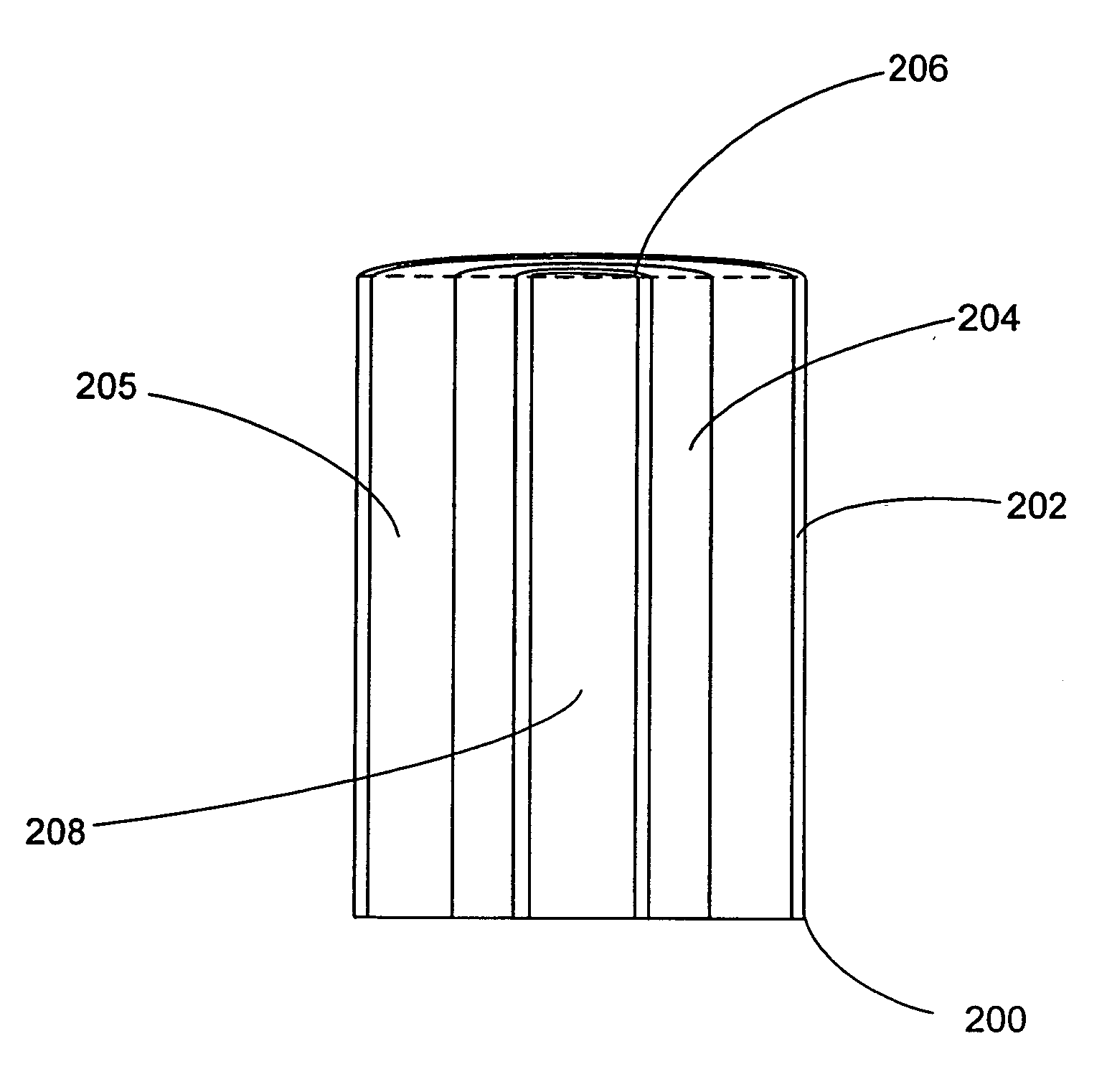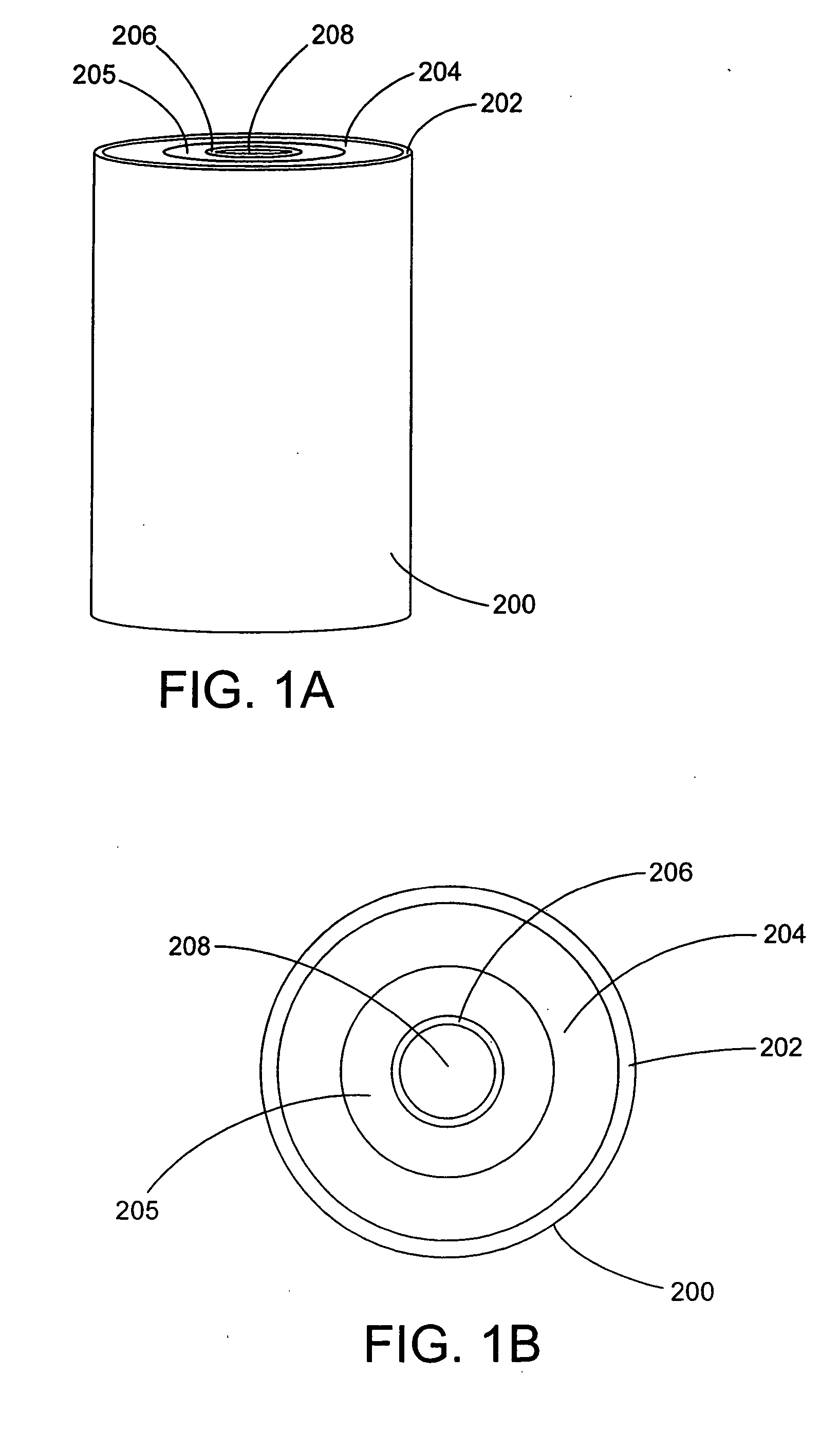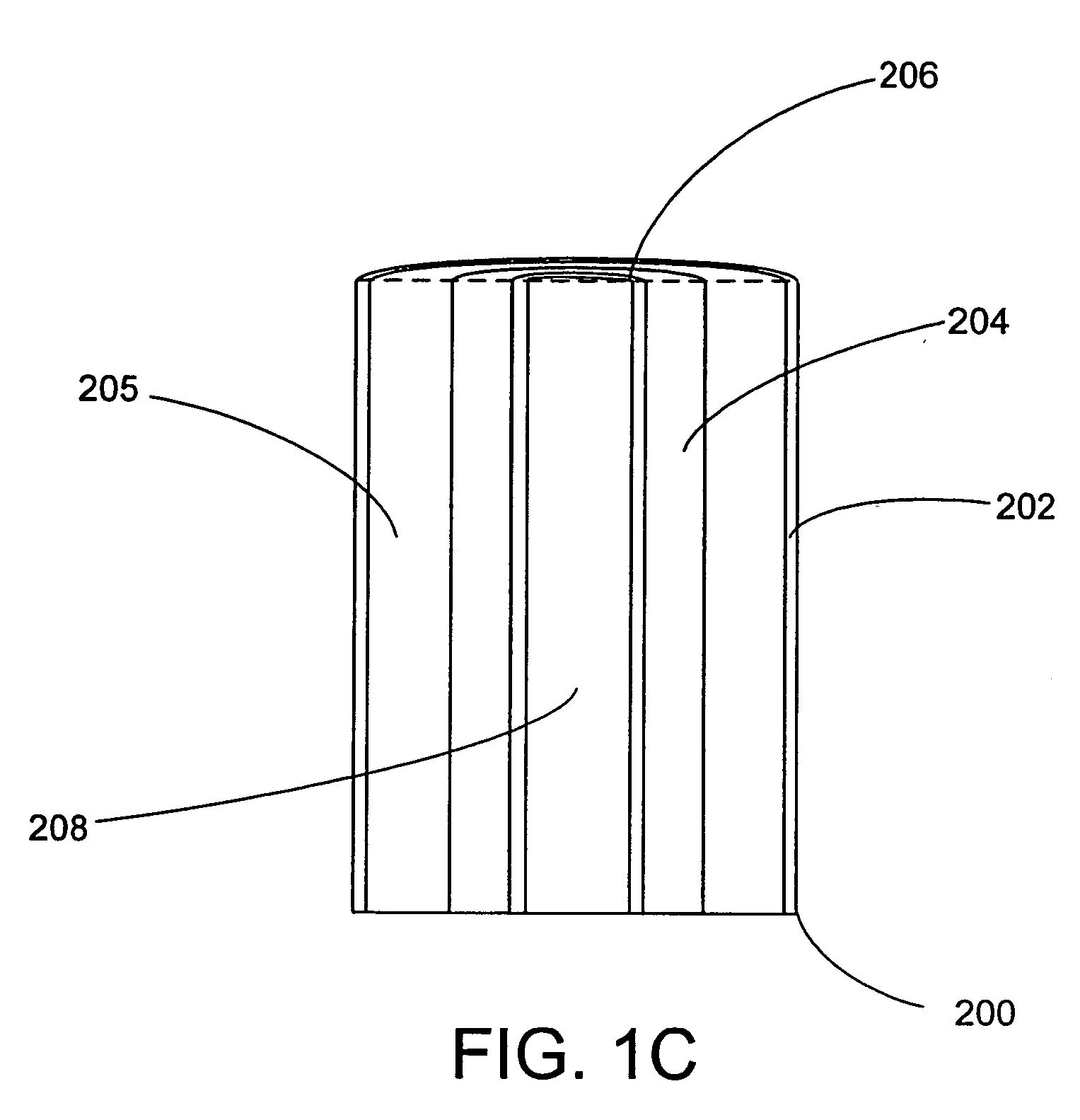Water purification apparatus and system
- Summary
- Abstract
- Description
- Claims
- Application Information
AI Technical Summary
Benefits of technology
Problems solved by technology
Method used
Image
Examples
example 1
[0049] A 4.5 inch diameter shell made of porous GUR HDPE (Ticona) having a bulk density of approximately 0.85 g / cc and a micron rating of 20 to 100 micron was filled with a 80×325 mesh hollow core carbon produced by MeadWestVaco under the tradename AquaGuard, and vibrated for 10 min on an FMC Syntron J60 Jogger vibrating table on maximum power until compacted in the tube. The center core of the filter was a 2 inch diameter carbon fiber-containing block produced by Futumora.
[0050] The carbon block was adhered to the porous shell, and the carbon-containing media introduced and the assembly vibrated as described above. After 10 minutes, the level of particulate was the same as the level of the central core. A cap was then affixed to the top of the shell, sealing the media in the annular space between the core and the shell.
example 2
[0051] The procedures described in Example 1 were followed, except that the activated carbon particles were a mixture of 50% of 80×325 mesh AquaGuard carbon particles and 50% 50×200 mesh acid-washed coconut shell carbon.
example 3
[0052] The purification cartridge of Example 1 was tested for particulate reduction. Challenge water containing fluorescent microspheres having particle sizes in the range of 3 to 7 μm in a concentration of about 67,000 per cubic centimeter was cycled through the cartridge using a duty cycle of 15 minutes on and 15 minutes off, and a flow rate of about 6.8 gpm. Water from the influent and effluent streams were sampled at the beginning of the test, and again after the indicated volume of water had been processed through the purification apparatus. The particulate levels of the samples were measured by counting in an optical microscope. The amount of particulate reduction was computed and the results are presented in Table 1 below.
TABLE 1Volume ProcessedPercent(gal.)ReductionStart010099.9920099.9930099.9940099.9950099.9960099.9970099.9980099.9990099.991200 99.992326 99.992687 99.993721 99.994340 99.995335 99.99
[0053] As is apparent, even with a high volumetric flow rate, the filtrat...
PUM
| Property | Measurement | Unit |
|---|---|---|
| Density | aaaaa | aaaaa |
| Density | aaaaa | aaaaa |
| Porosity | aaaaa | aaaaa |
Abstract
Description
Claims
Application Information
 Login to View More
Login to View More - R&D
- Intellectual Property
- Life Sciences
- Materials
- Tech Scout
- Unparalleled Data Quality
- Higher Quality Content
- 60% Fewer Hallucinations
Browse by: Latest US Patents, China's latest patents, Technical Efficacy Thesaurus, Application Domain, Technology Topic, Popular Technical Reports.
© 2025 PatSnap. All rights reserved.Legal|Privacy policy|Modern Slavery Act Transparency Statement|Sitemap|About US| Contact US: help@patsnap.com



